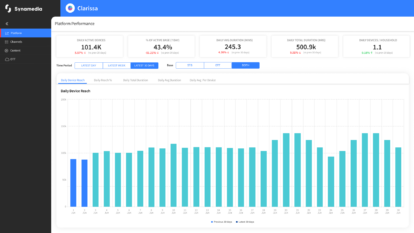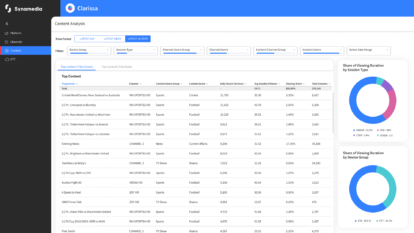
How Public Broadcaster Czech TV Transitioned its Regional Programming Transmission to HEVC and DVB-T2
Business Objective
To deploy a video headend that provides Czech TV with additional bandwidth for broadcasting all national and regional programming reliably over a terrestrial network.
Solution
A redundant headend based on Synamedia’s virtualized Digital Content Manager (vDCM) that offers HEVC encoding and statistical multiplexing – as well as near-seamless program switching, scrambling and monitoring – in a single solution.
Outcome
- Increases transmission capacity and improved picture quality by utilizing HEVC and DVB-T2
- Gains a reliable, flexible and future-proof headend within 6 months
- Integrates headend with existing playout system
- Offers viewers across the Czech Republic national as well as regional programming over the DVB-T2 network
What Czech TV said…
Synamedia, together with systems integration partner LICA CZECH, worked closely with us to meet our specific requirements within a tight deadline and provide our viewers with improved picture quality and greater choice.
Michal Kratochvíl, Executive CTO











